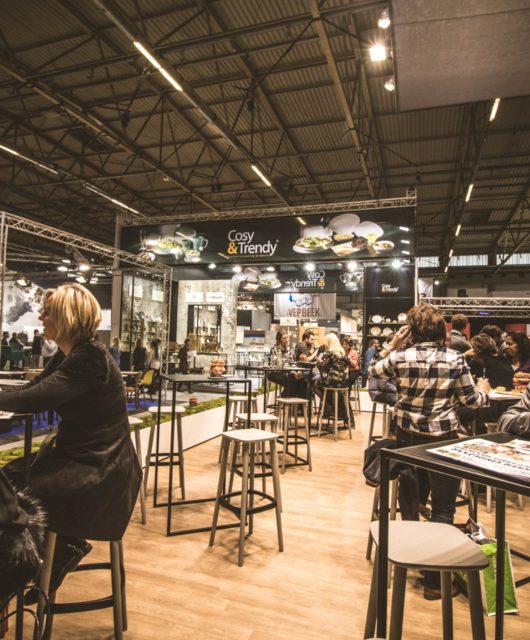How Does a Cleanroom Work?

A cleanroom is a 100% sterile place, usually to manufacture specific products. However, if you are looking for a cleanroom for sale, it is likely that you want a very special environment. This has to be one which is always protected from any airborne particles. Should these particles become too large, then it is possible for the cleanroom to get compromised, at which point production has to stop.
What Causes Contamination?
The three most common causes of contamination are:
-
People.
-
Equipment.
-
The manufacturing process.
Usually, the level of airborne contaminants that are allowed into the cleanroom at all times are set depending on the item that is manufactured. Usually, laboratories and manufacturing environments will use Federal Standard 209E, although this has now officially been cancelled. However, people still rely on it because the air cleanliness levels are clearly set out in it.
Regardless of which standard is used, a cleanroom is always properly monitored and will have a range of policies and procedures in place for people entering and exiting it. Only when the activity levels are controlled, can the environment be controlled as well. This means that people must enter the room following a set procedure, wear certain garments, and dispose of those garments straight after use. Exactly what kind of garments are needed will vary, however.
For instance, in some environments, operatives have to be covered from head to toe, even having to wear a respirator. In this case, any contaminant, even a single human hair or the low levels of carbon dioxide released when someone exhales, can spell complete disaster and the failure of an experiment. It is also common that people are limited in terms of how much they can move when they are in a cleanroom, as movement can make any airborne particles stir up.
There are other ways in which contaminations are kept down within cleanrooms, including:
-
Having specific air pressure.
-
Having a specific temperature.
-
Having specific humidity levels.
-
Having various air filtration systems in place.
These types of controls have all been designed to make sure a cleanroom remains as clean as possible, while at the same time avoiding as much contamination as possible from coming in. Furthermore, when a cleanroom is cleaned, very specific methods have to be used and cleaning must be completed on a very regular schedule in order to make sure contaminates cannot enter.
If contamination does happen, then operatives must stop using the cleanroom and it has to be rendered sterile again. This tends to take a long time and comes at a considerable financial cost. This is why it is vital that everybody sticks to the rules and procedures whenever they want to use it.
These rooms are absolutely vital in a range of manufacturing, biomedical, and research environments. What sets them apart, however, is that not anyone can enter them. They must be properly trained on how to use the cleanroom at all times, thereby further avoiding potential contamination.









